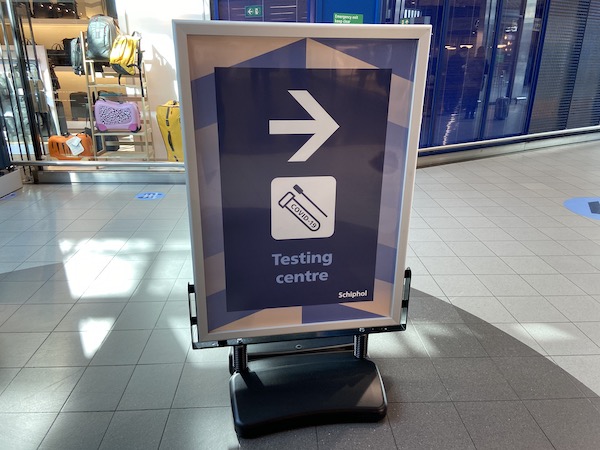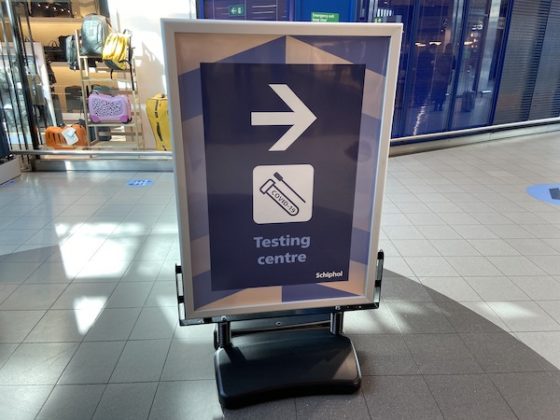Coronavirus infections are rising, but how is the virus spreading in NL?


The number of coronavirus infections in the Netherlands rose by over 5,400 over the past week, with people in their 20s and 30s accounting for the bulk of new cases.
However, despite efforts to track and trace the source of infections, the likely source was known in just 28% of last week’s cases, according to the new figures from public health institute RIVM. In 54% of cases where the source was known, close family or friends living in the same household are likely to be the cause.
Just 7.5% of sourced infections stem from a nursing home – where the virus was rampant in the early days. Work, friends, travel and parties also account for 6% to 9% of cases. So how are the rest getting infected?
Aura Timen, head of the national coordination centre for infectious diseases, told the Volkskrant it is likely that the unknown infections follow a similar pattern of infection. In addition, she said, it is difficult to pinpoint where someone picked up the virus, if they have been in close contact with multiple people.
Research by blood bank company Sanquin indicates that almost half the people who have actually had the virus were unaware of the fact. One in 10 of the unwitting carriers reported having no symptoms, while many others had dismissed their complaints as hay fever or a cold.
Aerosols
Like all respiratory viruses, coronavirus is most likely to strike during intensive contact, which means longer periods and at less than 1.5 metres distance but that does not mean infection is impossible in other situations.
Epidemiologist Arnold Bosman told the paper that in one South Korean cluster, a woman infected 27 others at a Starbucks coffee bar, including a student who simply walked past her.
And now life is getting back to normal, the likelihood of coming into fleeting contact with someone who has the virus has increased. And the fact that nine in 10 people with symptoms continue to go shopping and half go to work does not help, the paper said.
A third factor to be taken into account is the infections which take place at illegal events and meetings, and which are kept secret from health officials.
Hospitals
While the number of cases of coronavirus has soared, hospital admissions remain fairly stable because young adults who account for most of the current infections tend to have less serious symptoms and a very small chance of becoming very ill.
Nevertheless, the RIVM warned earlier this week, ‘if the virus circulates long enough among youngsters, it will filter through to the elderly and more vulnerable groups’.
Officials and health experts are pinning their hopes on speedier testing, including super-fast tests which give a result in minutes, as the key to keeping the virus under control.
‘The holy grail is a covid test which is as fast, user-friendly and cheap as possible, and which delivers the most trustworthy result possible,’ Leiden University professor Louis Kroes told the paper.
Thank you for donating to DutchNews.nl.
We could not provide the Dutch News service, and keep it free of charge, without the generous support of our readers. Your donations allow us to report on issues you tell us matter, and provide you with a summary of the most important Dutch news each day.
Make a donation